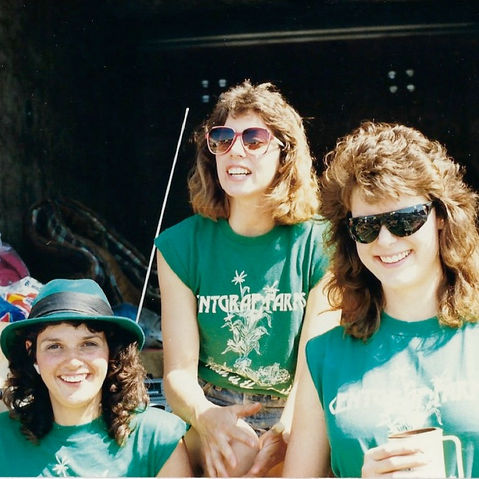
Our Farm
. Growing fresh market garden vegetables for . . . Milwaukee since 1926 .


Sometimes life calls for an adjustment.
The big move to Mayville
In the early to mid 90’s, Americans experienced something of a paradigm shift in their fresh produce buying habits. Grocery store consolidation led to corporate supercenters, local produce distributors gave way to national distribution networks, and Americans ran out of time to cook at home. All at once, it seemed that we market gardeners were a superfluous relic of the past. Unfortunately, many like us didn’t make it through.
In answer to the 90’s demand “go big or go home,” our family decided to go home—home to the principles and people that were important to us. Since the beginning, we’ve lived for growing fresh, healthy, and unique produce for our neighbors and friends; we had no desire to trade community for endless acres of factory-farm monoculture nor did we want to reformat our farm to the demands of a single corporate buyer. Since the beginning, we’ve been independent fresh market gardeners who know our customers and love growing for them. Nothing will change that.
We realized it was time for an adjustment. Menomonee Falls had grown too large to house us and most or our rented acreage suddenly materialized into new subdivisions and office parks (and, in one ironic instance, into a pair of supercenters.) So, in 2003, we picked up what we had left and moved our entire farm to Mayville. Admittedly, the move was hard—we had so many memories and friends in the Falls; but, in the end, it was our dedication to our family, our farm, and our community that kept us going through good times and bad.


Why so many edible flowers?

A beautiful addition to your plate, our many edible flowers are a result of a central technique we employ on our farm. We purposefully choose varieties according to how they flower and let them go to flower instead of tilling them under.
Sure, we end up with an untidy patch and a few weeds here and there, but the benefits to our bees, butterflies, ground beetles, lady bugs and birds are worth it! The overgrown plants also help to sustain our soil and to prevent erosion in between plantings and over winter.
Age-Old Wisdom Meets Modern Sustainability
Maintaining a 42-acre garden
Despite all the hustle of the big 80s, we never forgot Great-Grandpa’s craftsman-like approach to farming. Starting over again in Mayville compelled us to fall back even more on these old growing principles. And, since the move, we've managed to scale up to full production while maintaining a nurturing market-garden approach.
Now, we’re back to growing smaller, more frequent, more intensive and more diverse plantings. Like Great-Grandpa, we pay close attention to our soil and seed health while staving off disease and weed pressure through careful crop rotation and a heavy reliance on cultivation, hand weeding and mulching. Everything is picked by hand. Our seasons are longer now with the use of frost blankets, low tunnels, and our high tunnel. Our vegetables are even better now with the use of insect netting, trellising, and raised bed culture.
Good soil makes for healthy, tasty vegetables, so we rely on organic inputs, minimal tillage and cover cropping to preserve the natural fertility and ecology of our muck and sandy loam soils. To keep pests away and to protect our pollinators, we dutifully maintain un-tilled permanent refuge barriers around and in our fields. These buffers attract beneficial insects and birds who repay us more than a hundredfold by eating our pests and pollinating our fruit. Just as a craftsman must respect the raw materials of his trade, so must we farmers protect the soil and ecology of our land.

















